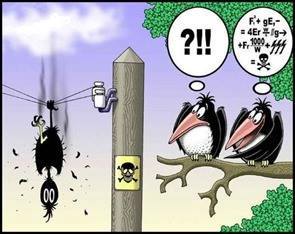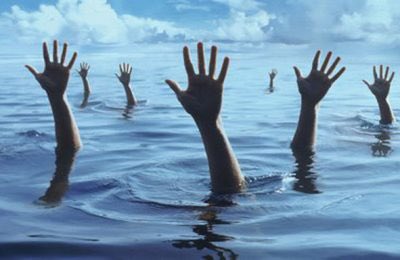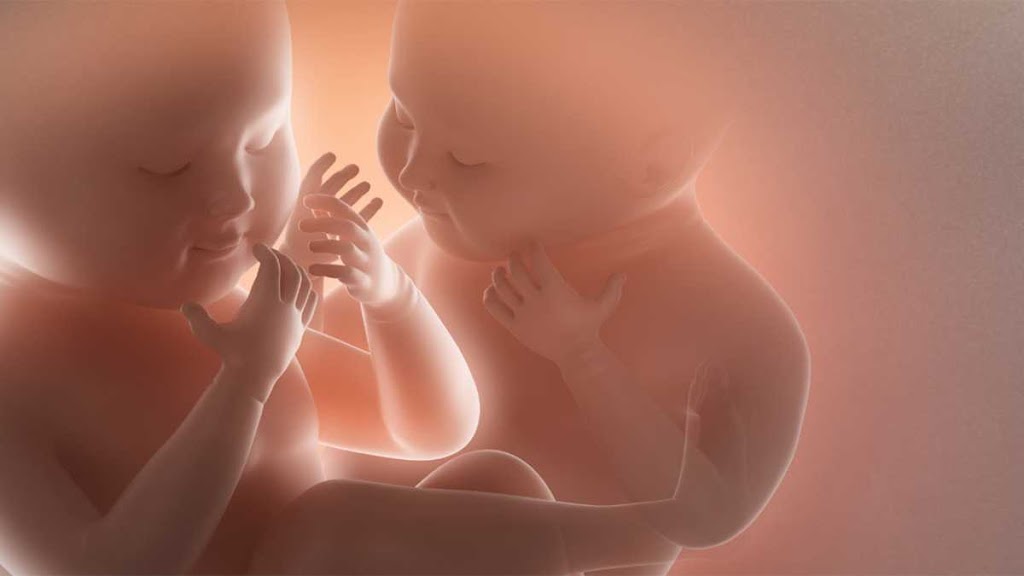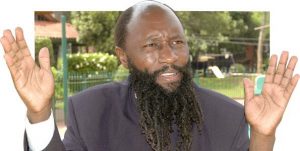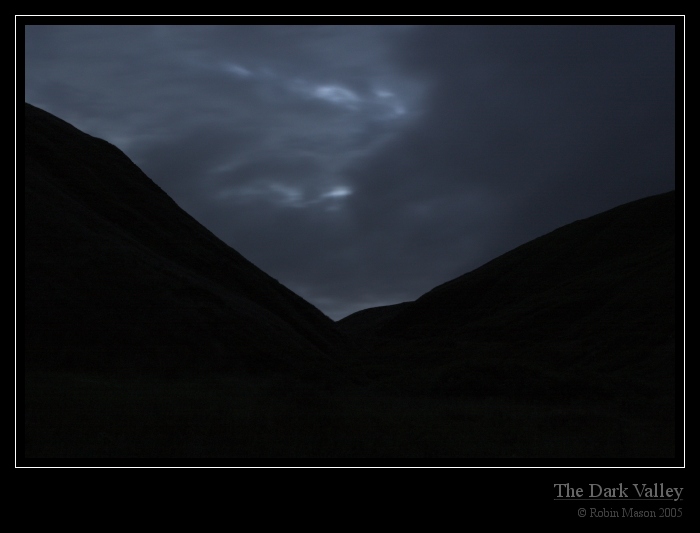What if human beings had horns?
It sounds evil and weird, but I think by now it would be normal. We would be used to it until it sounds normal.
I would remember the beautiful horns my grandfather had. Maybe we would know people by the shape of their horns. Life would be quite different. We would outdo each other in beautifying our horns. Monks would be dehorned. Hats and caps would be perforated to give rooms for horns. Vehicles would be taller to accommodate horns. Roads would not have bumps, to prevent horn damage when matatus hit bumps at high speed.
Horn Business
There would be a multi-billion dollar industry dedicated to care of horns. Here are a few examples of a few shops you would find in a mall:
- Horn-Cure: for the longest horns
- The Nairobi Horn House: replacing broken horns
- Horn-First: …if your horns have refused to grow
- The Horns: for all your horn needs
Parliament would be a risky place to be elected to (for Hornarable Members). Occasionally, we would hear that a MCA was gored during a motion to impeach a governor.
Over every door post, there would be a clear warning written ‘Mind your horns’. In addition to dermatologists, we would have hornologists who we would pay a lot of money to have a horn-canal treatment, for painful horns.
Reindeers would be an endangered species, from horn poachers. Artificial horns would be a thriving business. Beds would be at least ten feet long. Diving would be prohibited in swimming pools, except for monks. Rugby players would be charged with first degree murder. The world would be hornited.
No longer would we depict the devil as a being with horns, but we would brand him with a very prominent tail, to distinguish him from humans.
Female Horns
Fashion trends would be a bit different. Some would consider long, straight horns to be a sign of beauty, while others would think the curved horns are the best. We would occasionally complain about the rising cost of horn polish whenever we visit the hornbill (not a bird, but a business name or a profession). Assuming that female horns would be smaller, or shorter/smoother/colourful than male horns, we would have a movement and a handful of NGOs trying to fight for the equality of horns. They would argue that all horns are equal, and children should be allowed to have their horns the way they want. Socialites would have horn surgery to ensure that their horns look exactly like elephant tusks, while instead of a Mohawk, we would have people donning one horn like a rhino (I won’t mention Sonko).
https://www.traditionrolex.com/43
Luckily, Humans Don’t
Fortunately, we don’t have horns. Genesis tells me that it is because God did not create us with horns, while evolutionists claim that either horns fell off our heads according to the law of natural selection, or we did not develop them because they were not necessary (an insult to zebras). As far as I am concerned, God created me without horns.
What if human beings had tails?
